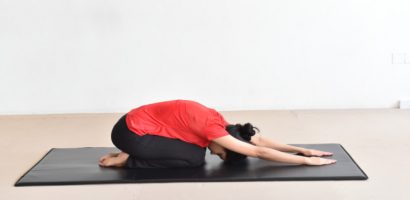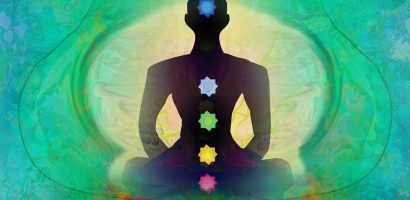Samadhi (Fully Integrated Consciousness)
Smadhi is last step of Ashtanga yoga. When we succeed in becoming so absorbed in something that our mind becomes completely one with it, we are in a state of samadhi. Samadhi means “to bring together, to merge.” In samadhi our personal identity-name, profession, family history, social security number, driver’s license number etc.-completely disappears. In […]









